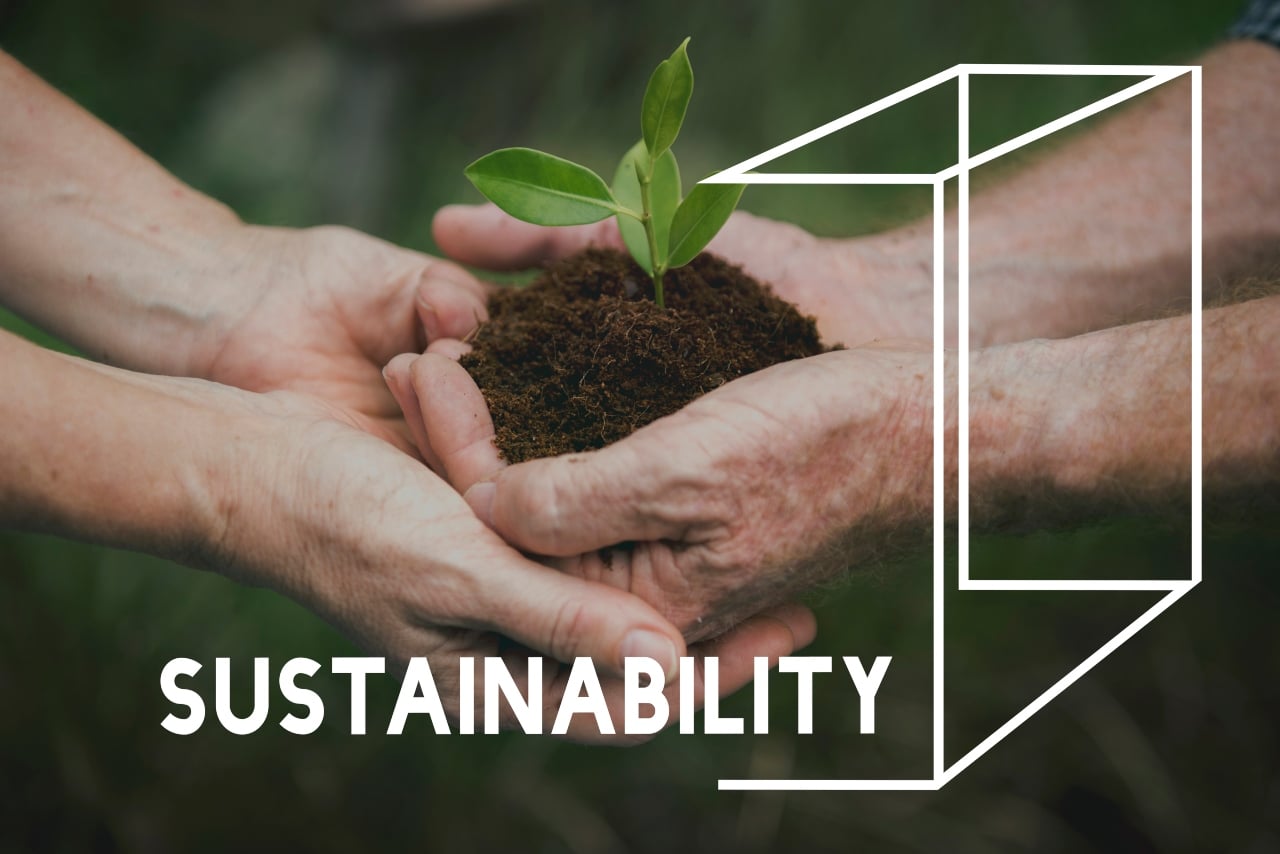
The Technologies That Could Combat Climate Change

Climate change is the talk of the town these days and it’s not really hard to see why.
Over the last year alone, there has been more flooding than ever before in central America, major forest fires running rampage throughout Australia and huge droughts hitting the Great Plains. There’s also more carbon dioxide in the atmosphere than ever, the polar ice caps have decreased substantially in size, and the ozone layer is becoming more disintegrated each day.
It’s no surprise then that protest movements – like that of Extinction Rebellion – have been such a mainstay within the news lately. There is simply nowhere left to hide, more needs to be done to combat climate change and try to protect the world we live in.
While certain movements, like the rise of veganism and the growth of renewable energy, have started to make an impact, there is still a long way to go. So, with a new decade right around the corner, join us as we take a detailed look at some of the key technologies that could help in the fight against climate change.
Electric Cars
You’ve probably already seen and heard about the rise of electric cars over recent years, and this doesn’t look set to change as we move on into the future. Transport is one of the major contributors to global warming after all, representing more than 23% of global energy-related carbon dioxide (CO2) emissions. Therefore, having more sustainable methods of transport on the roads can and will make a big difference to the amount of CO2 being pumped into the atmosphere.
However, while electric cars are currently showing a lot of promise, they’re not quite there yet, as the batteries they use aren’t particularly efficient. With this in mind, the coming decade should see numerous technological advances surface, improving the efficiency of the batteries that electric cars use.
Food Manufacture
Research shows that over 25% of all global emissions come from feeding the world’s 7.5 billion people. So, with the world’s population set to continually rise and rise, food manufacture has become a pressing issue; if it carries on in the same way, not only will the global emissions continue to increase, but the world will soon run out of viable food sources.
Over the coming decade, new technologies related to food manufacture will therefore need to become more prevalently used to feed society. One example comes from reducing the amount of methane produced by livestock by feeding them supplements. Certain areas of research into this have found that cows produce substantially less methane when fed on a seaweed diet.
Energy
We are already seeing a movement away from burning fossil fuels to produce energy, with many companies instead utilising renewable solutions like wind power, solar power or ground-source heat pumps. Over the next decade, technologies within this area will need to become a lot more refined, able to produce renewable energy at a fraction of the emission output of non-eco-friendly alternatives.
Just ten years ago, the high cost of solar and wind power put off a lot of people and companies. Nowadays however, the cost of using renewable energy has declined substantially, and more companies than ever before are starting to design technologies that can utilise sustainable energy sources.
One such example of this comes from the California-based company Makani, who have developed a self-flying energy kite capable of harnessing more wind power than traditional wind turbines. It looks a lot neater too, requiring a lot less room than large, ugly-looking turbines.
Buildings
Buildings around the world emit a lot of greenhouse gas. Whether it be a school, office, hospital or home, just think about how much lighting, power, heating and cooling each building requires. In total, the combined emissions from these sources contributes to approximately 20% of all global emissions.
Therefore, building smarter cities is imperative, and this can come about in many forms. For example, a company known as Sidewalk Labs are looking into technologies that can prevent congestion occurring within the city by monitoring how traffic flows through a city.
Likewise, certain architecture firms responsible for building new skyscrapers around the world are implementing eco-friendly tactics into their planned designs. The upcoming rotating tower in Dubai, for example, will be entirely self-powered, using the kinetic energy from each of its rotations to power the entire building.



Post a comment